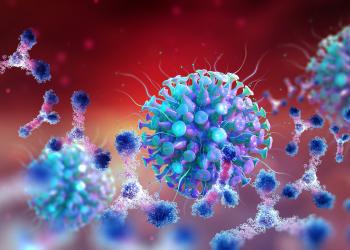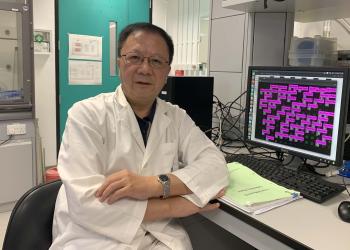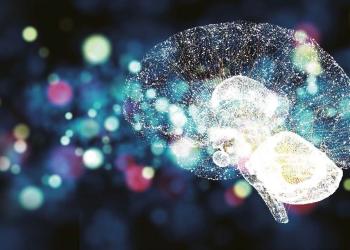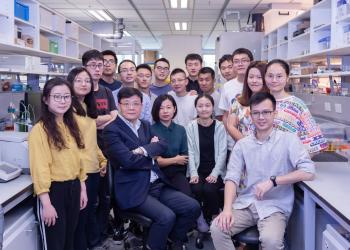News & Stories
2020

News
New Method Identifies Adaptive Mutations in Complex Evolving Populations
A research team co-led by a scientist at the Hong Kong University of Science and Technology (HKUST) has developed a method to study how HIV mutates to escape the immune system in multiple patients, which could inform HIV vaccine design.
HIV, which can lead to AIDS, evolves rapidly and attacks the body’s immune system. Genetic mutations in the virus enable it to evade immune responses mounted by T cells and antibodies, which makes it all the more difficult to design an effective solution. While there is no effective cure for the virus currently available, it can be controlled with medication.
Now, the international research team has devised a new method from conventional statistical physics to reveal patterns of selection in HIV evolution using 14 patient data sets, providing a means to efficiently distinguishing the mutations that help the virus escape the immune system from those that are only random variations.

News
Building The Brain Behind Smarter Hong Kong
Prof. CHEN Kai, Associate Professor of Computer Science and Engineering, is now the brain behind what will become Hong Kong’s ‘brain’ in future – the next-generation artificial intelligence (AI) computing hub for the entire city that encompasses smart bus schedules, taxi dispatch, typhoon warning, medical diagnosis, fintech and others.

News
HKUST Scientists Make Breakthrough Discovery of New Therapeutic Targets for Alzheimer’s Disease
Researchers at the Hong Kong University of Science and Technology (HKUST) have identified new therapeutic targets for Alzheimer’s disease (AD) by studying the patients’ brain with a newly-developed methodology. This novel approach also enables researchers to measure the effects of potential drugs on AD patients, opening new directions for AD research and drug development.
News
Novel Mechanical Mechanism of Metastatic Cancer Cells in Substrates of Different Stiffness Revealed
Metastasis, the spread of cancer cells to a different body part from where it started, is considered as the most dangerous phase of cancer development. When cancer cells break away from the main tumor and enter the bloodstream or lymphatic system, they can travel to anywhere of the body, proliferate and creating a secondary tumor in a new location. It is often said that metastasis is responsible for around 90% of cancer deaths.
News
Deep-brain Imaging at Synaptic Resolution Made Possible with Adaptive Optics Two-photon Endomicroscopy
The ability to undertake in vivo imaging of a living brain in a mammalian animal model is crucial for elucidating how the brain functions. However, the brain consists of tens of billions of neurons, each connected with thousands of others via synapses, the sites of communication between neurons that allows transmission of information. Thus, to truly understand the dynamics of neuronal synaptic interactions, the capacity for morphological and functional imaging of the brain at high spatial and temporal resolution is required.

News
HKUST Researchers Developed the World's First Sound-transmitting Glass Material
Glass is a sound-proof material, but researchers at the Hong Kong University of Science and Technology (HKUST) have discovered a way which allows sound transmission for glass, opening a new horizon for the potential development of smart phones and other electronic devices that can function under water, while also offering greater flexibility to building design.Using the theory of local resonance, a research team led by Prof. WEN Weijia from the Department of Physics has found that by crafting a structured pattern of openings in between glass panes, the sound waves’ mode of vibration will be altered, allowing sound to pass through.








